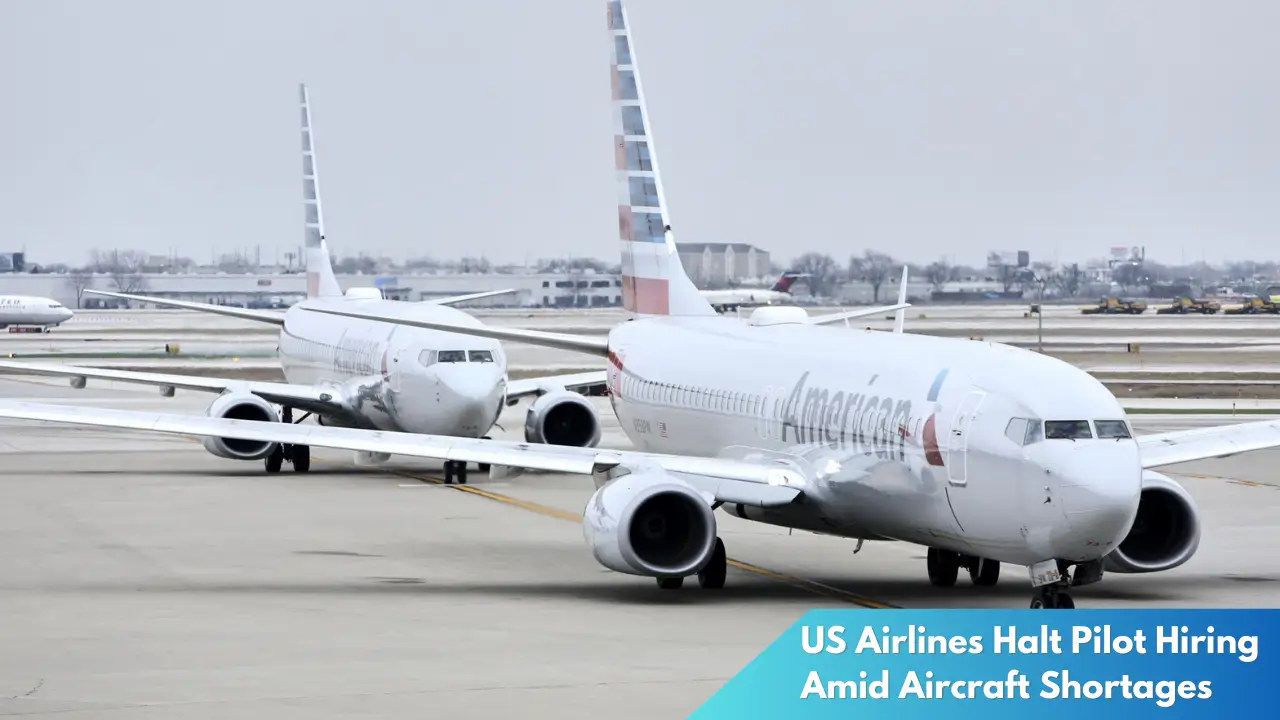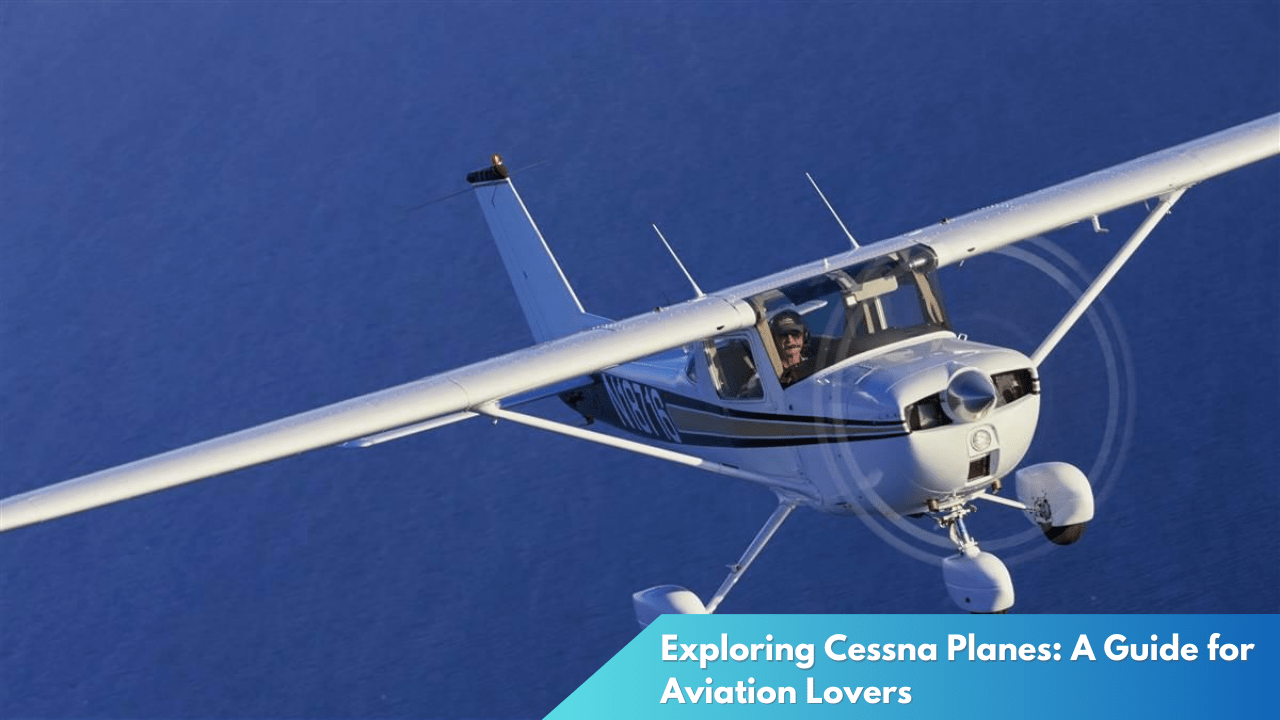US Airlines Halt Pilot Hiring Amid Aircraft Shortages
The U.S. aviation industry is facing a new challenge as airlines across the country have paused pilot hiring due to significant aircraft shortages. This unexpected development has created ripples throughout the sector, affecting not only potential pilots but also the broader operational landscape of the airlines. As airlines navigate these turbulent times, understanding the factors at play and potential implications is essential.
US Airlines Freeze Pilot Hiring Due to Plane Shortages

The aviation industry has been thrown into a state of uncertainty as major U.S. airlines announce a freeze on pilot hiring. This decision stems from a bottleneck in aircraft availability, which has disrupted the anticipated expansion and operational strategies of many carriers. The freeze contrasts with the anticipated trend post-pandemic, where a resurgence in travel demand led to expectations of increased hiring to accommodate more flights and destinations.
Several factors have contributed to this aircraft shortage, including supply chain disruptions and delays in new plane deliveries from manufacturers like Boeing and Airbus. These companies have faced challenges ranging from shortages of essential components to labor constraints, significantly impacting their production timelines. Consequently, airlines are receiving fewer aircraft than planned, forcing them to adjust their growth strategies and halt pilot hiring temporarily.
The impact of this hiring freeze is multifaceted, affecting not only those aspiring to become pilots but also current airline operations. With fewer aircraft available, airlines are unable to expand their routes or increase flight frequency, leading to potential revenue losses. This situation also exacerbates the pilot shortage issue that the industry has been grappling with, as the training and recruitment pipeline experiences further delays.
Aircraft Supply Issues Impact Aviation Industry Hiring
Aircraft supply issues have become a significant bottleneck in the aviation industry’s recovery and expansion efforts. Airlines rely heavily on timely delivery of new planes to accommodate increasing passenger numbers and replace older, less efficient models. However, current supply chain disruptions have led to an unexpected shortage of available aircraft, compelling airlines to rethink their hiring and operational plans.
This shortage has had a domino effect on the aviation workforce, particularly affecting the recruitment of pilots. With fewer planes to operate, airlines have put new pilot hiring on hold, despite predictions of a looming pilot shortage in the industry. This move has created a backlog of pilot candidates who are now facing delays in entering the workforce, potentially exacerbating future staffing challenges when aircraft availability stabilizes.
Moreover, the halt in hiring has broader implications for the airline industry’s recovery trajectory. While passenger demand continues to rebound, airlines are struggling to match this demand with adequate supply, leading to increased competition for available flights and potential fare hikes. The inability to fully capitalize on the recovery momentum due to aircraft shortages underscores the critical need for resolving supply chain issues swiftly.
As U.S. airlines grapple with the challenges posed by aircraft shortages, the temporary freeze on pilot hiring highlights the interconnected nature of the aviation industry’s supply chain. The current predicament not only affects aspiring pilots but also has broader repercussions for operational efficiency and market dynamics. Moving forward, resolving these supply issues will be crucial to ensuring that airlines can meet demand and support the industry’s continued recovery and growth.




